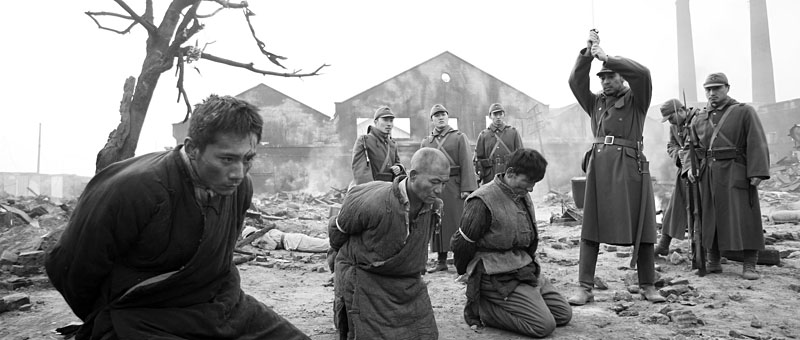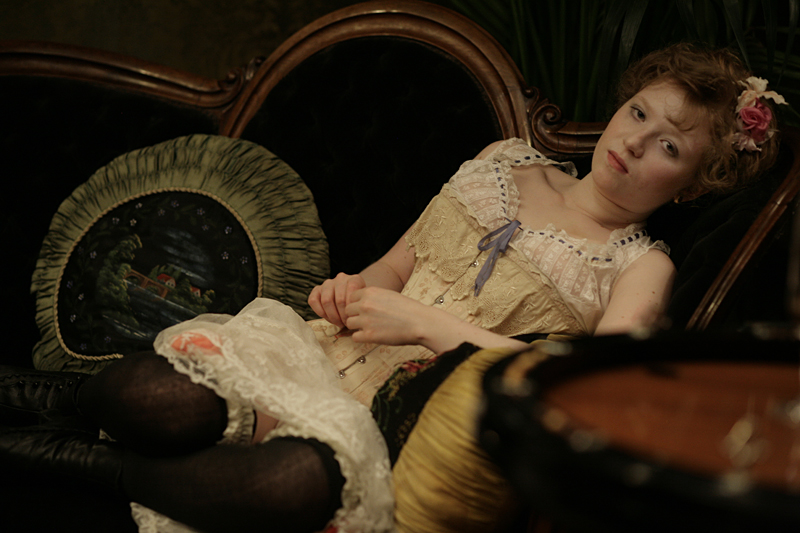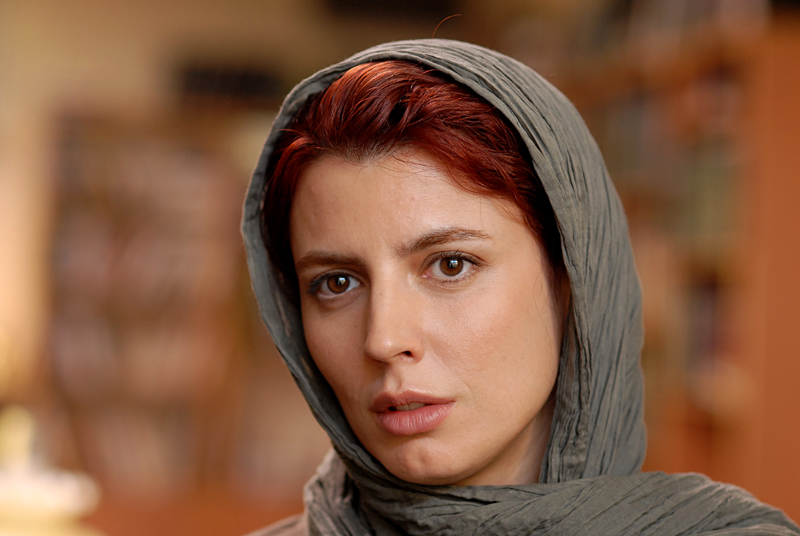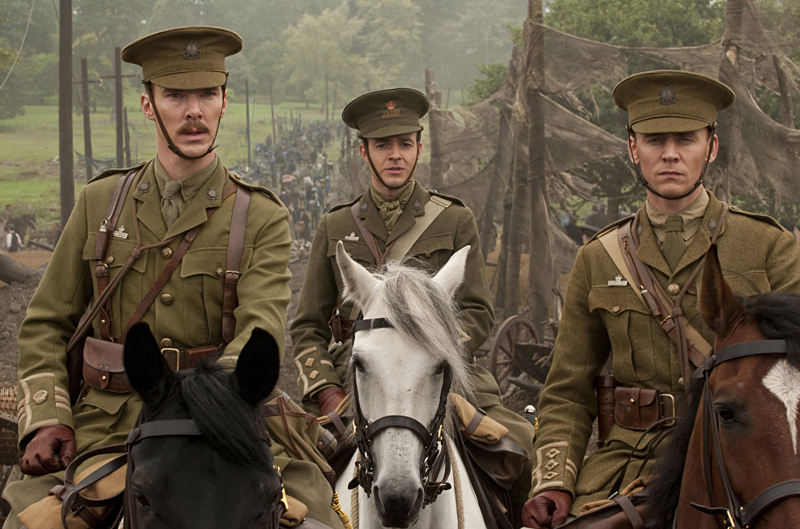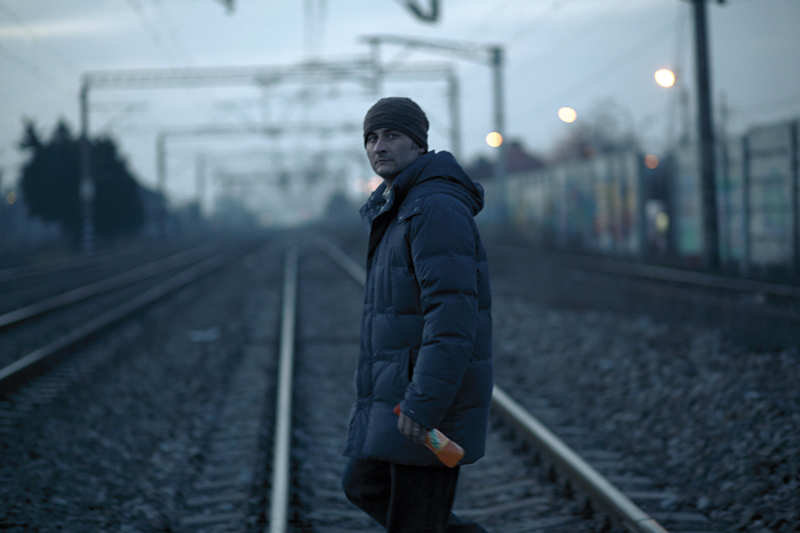Lu Chuan’s City of Life and Death has the title and the feel of a monument. This wide-screen, austerely monochromatic, two-hour-plus collective drama—depicting the worst indignity inflicted by foreigners on modern China, as well as the most terrible atrocity in the run-up to World War II—might have been hewed from rock and colored by soot. In late 1937, the Japanese army besieged and sacked China’s then-capital, the ancient walled city of Nanking. There were hundreds of thousands of civilian casualties, tens of thousands of rapes, and decades of denial. Lu’s isn’t the only recent movie to depict the Rape, but his distinction lies in the cinematic virtuosity he brings to orchestrating carnage, the calculated attention he pays to human interest, and the globalist, universalizing attitude inherent in both. Schindler’s List is the obvious template: As in Spielberg’s film, there’s a historically accurate humane Nazi on hand, German businessman John Rabe (John Paisley), who sets up and administers a “safety zone” for Nanking civilians until they’re ordered home to the Reich. Lu focuses on a handful of characters—most significantly Rabe’s initially opportunistic assistant Mr. Tang (comedian Fan Wei) and Kadokawa (Hideo Nakaizumi), a believably naive Japanese officer with a Christian upbringing who falls shyly in love with a Japanese comfort woman. Both the Chinese collaborator and the Japanese invader make heroic moral choices, but City is far more convincing as a spectacle of mass atrocity than a drama of individual conscience.
City of Life and Death: The Rape of Nanjing, Recounted Again
